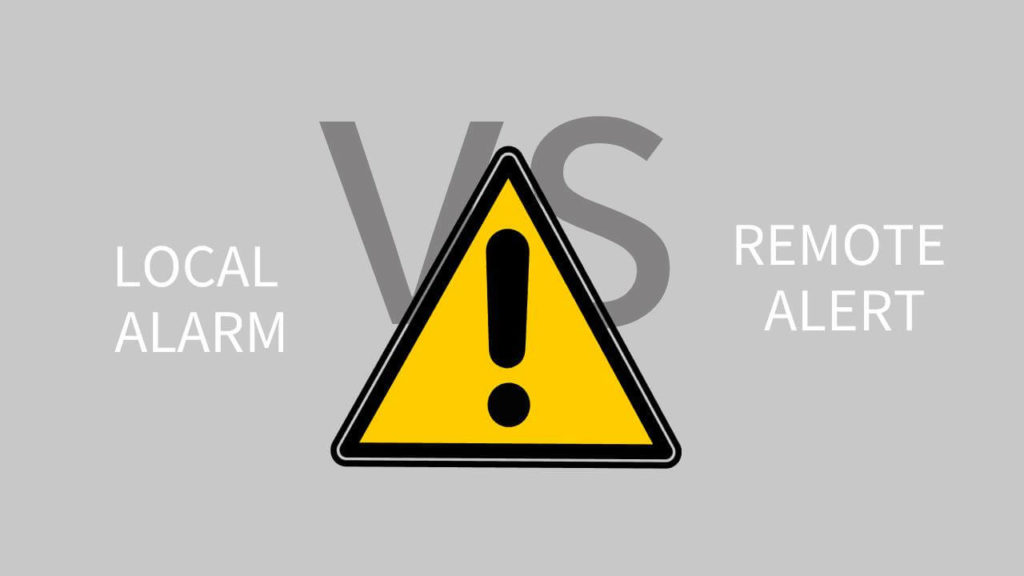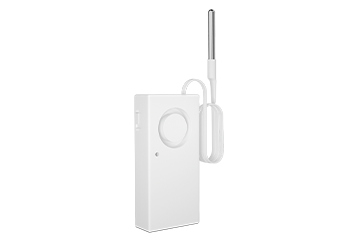
- Background -
In today’s world, temperature monitoring systems have become a crucial part of various industries, including pharmaceuticals, food, and agriculture. The primary reason behind this is the need to maintain proper temperature and humidity levels for the safe storage of products.
However, having a temperature monitoring system is not enough. It is equally important to have a temperature alert system that fits your need, notifying you any fluctuations in temperature or humidity levels in real-time. In this blog, we will discuss the two types of temperature alerts, local alarm, and remote alerts (push notification, email alert), and help you decide which one to choose for your application.
- Differences-
Local Alarm
Local alarms are designed to provide immediate alerts about changes in temperature or humidity levels within a confined space. They emit a loud sound or visual signal, which can be sensed within the designated area. This type of alarm is suitable for applications that someone will be present on the scene or that an anomaly can be known simply by human perception.
Local alarms are reliable because they are not dependent on external factors like an internet connection. However, local alarms have their limitations. They can be heard or seen only within their designated area, limiting their use to small spaces.
Remote Alert
Remote alert, as the name suggests, is designed to remotely send notifications about abnormal temperature or humidity changes. These alerts can be sent via email, SMS, or push notification, making them an ideal solution for businesses that require temperature monitoring across multiple locations.
It is beneficial because it can be accessed from anywhere, enabling swift action in case of an emergency. It is also versatile and can be customized to fit different applications and industries. However, remote alert requires an internet connection to function, making them susceptible to network outages and signal interference.
- Product Introduction -
MOCREO offers two products, each equipped with a different type of alert method to meet your need. For applications that require a local alert, we recommend the ST7 model. It is designed explicitly for localized alerts and is highly reliable and easy to use. For applications that require remote alerts, we recommend the ST5 model. It comes with a Hub that enables remote monitoring across multiple locations, making it ideal for large businesses.
Based on the above, local alarms are suitable for notifying relevant on-site personnel in real-time when abnormal situations occur within a certain range, using human perception (such as visual and auditory) to make people aware of the occurrence of abnormal situations. Remote alerts, on the other hand, are suitable for remotely monitoring devices/places over a larger area and can monitor and respond to alarms in multiple locations to detect abnormal situations anytime, anywhere. Both of these two types of sensors can help customers improve security and reduce losses.
- Conclusion -
In a word, both local alarms and remote alerts have their advantages and disadvantages. Deciding which one to choose depends on your specific application and needs. If you require quick and local temperature monitoring, a local alarm is the right choice. However, if you need to remotely monitor temperature levels across multiple locations, remote alerts are the way to go. Our temperature monitoring system offers both options, ensuring that you can choose the one that best fits your needs.


